Explore Our Products
Palm Coast is perfectly positioned for homeowners to benefit from solar energy, with over 230 sunny days a year and long, warm summers that make solar production highly efficient. As utility rates continue to climb and occasional grid disruptions remind residents of the need for energy independence, more Palm Coast households are turning to solar to cut costs and gain control over their power. The city’s growing interest in renewable energy reflects both a desire for savings and a commitment to sustainability, making solar adoption a smart, future-ready choice for local homeowners.
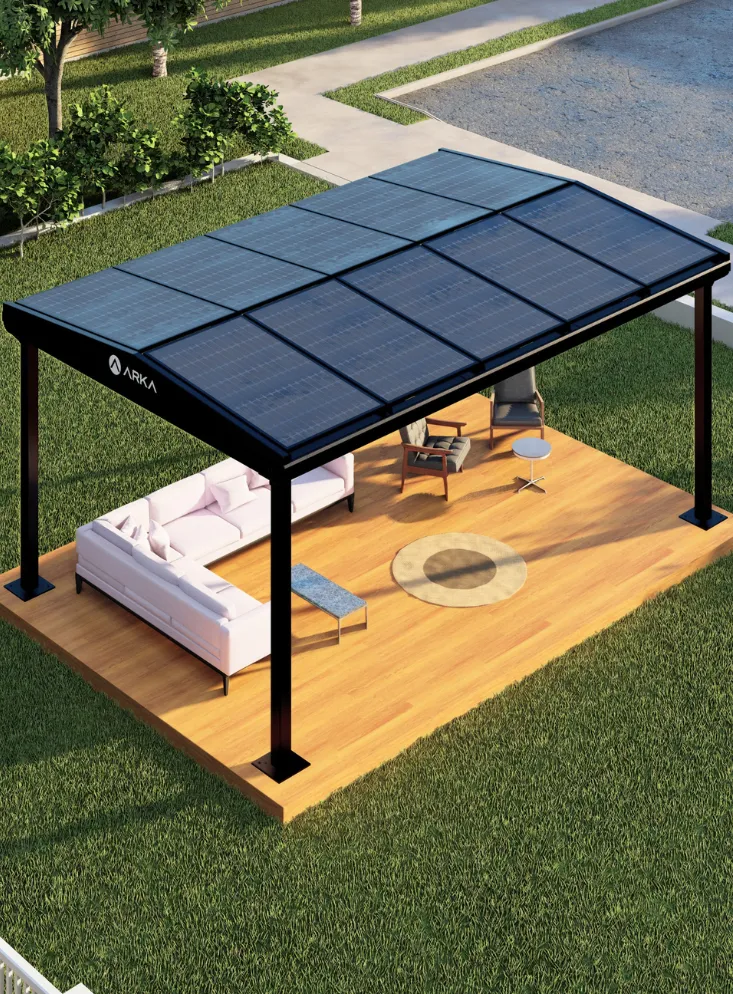
Solar in Palm Coast averages around $2.65–$2.85 per watt, with final pricing depending on your home’s energy needs and chosen equipment.
A typical Palm Coast homeowner can save $20,000–$30,000 over 25 years—while enjoying predictable energy costs no matter how high utility rates climb.
Most systems pay for themselves in just 8–10 years, letting you enjoy pure savings for the rest of your system’s 25+ year lifespan.
With Florida utility rates rising 3–4% annually, solar locks in low, stable energy costs—shielding you from unpredictable monthly bills.
Many providers offer $0-down solar financing so you can start saving immediately without a big upfront investment.
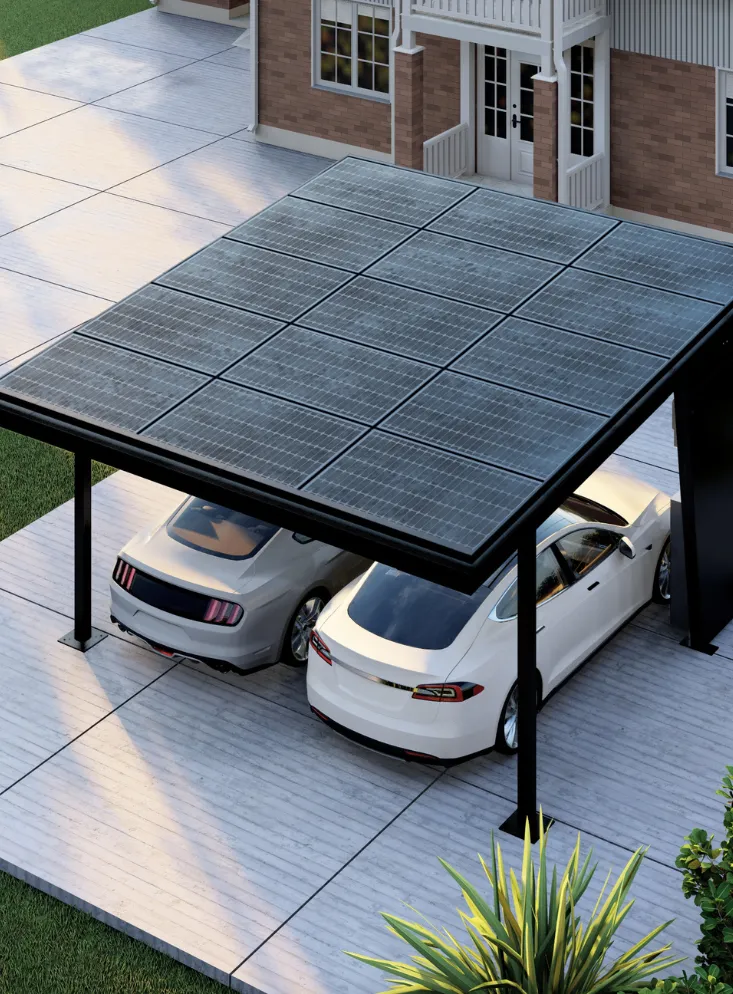
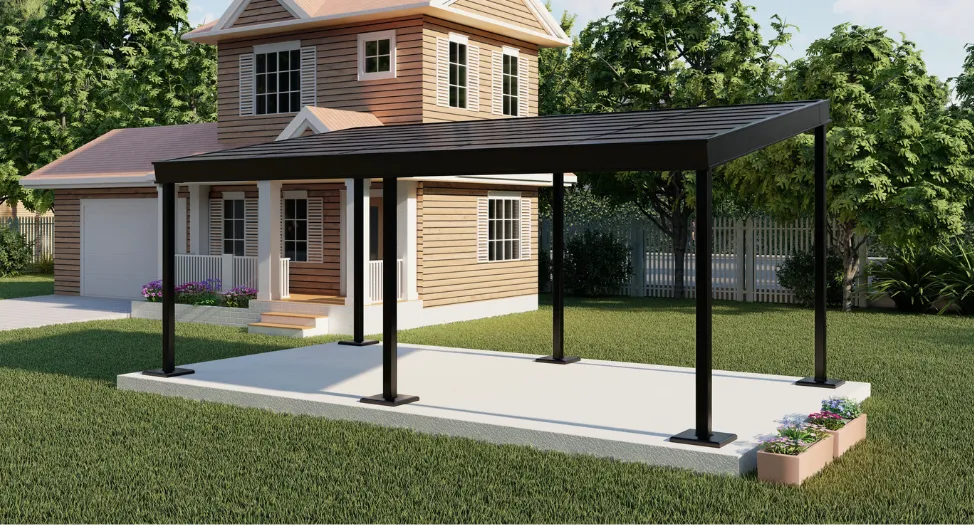
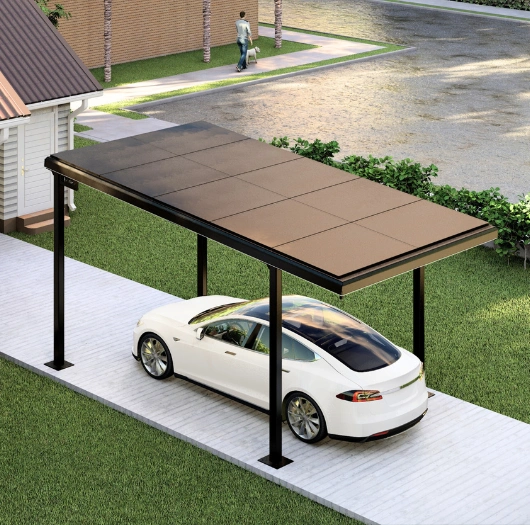
.svg)
Florida waives its 6% state sales tax on solar energy systems, helping Palm Coast residents save immediately on their purchase.
Some Florida utilities offer up to $2,000 in rebates when pairing solar with home battery storage for backup power.
Elevate your backyard with Arka’s PowerGazebos. Designed with cutting-edge solar technology and unmatched luxury, our gazebos bring perfection and style to any outdoor space.
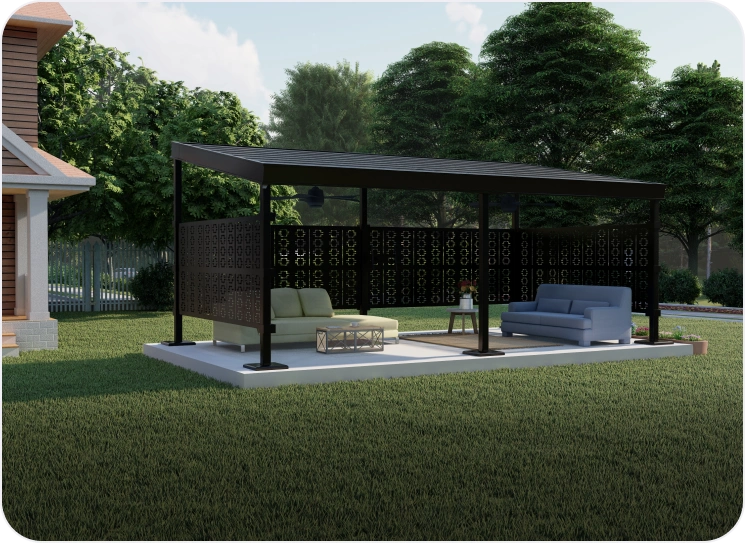
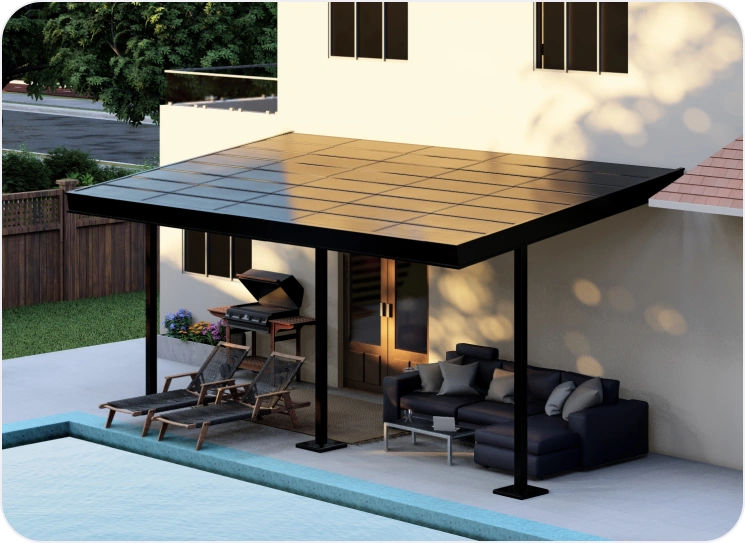
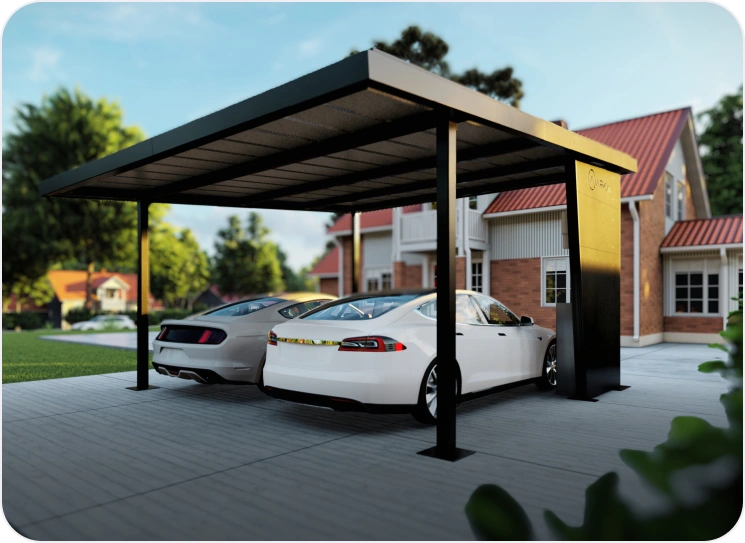
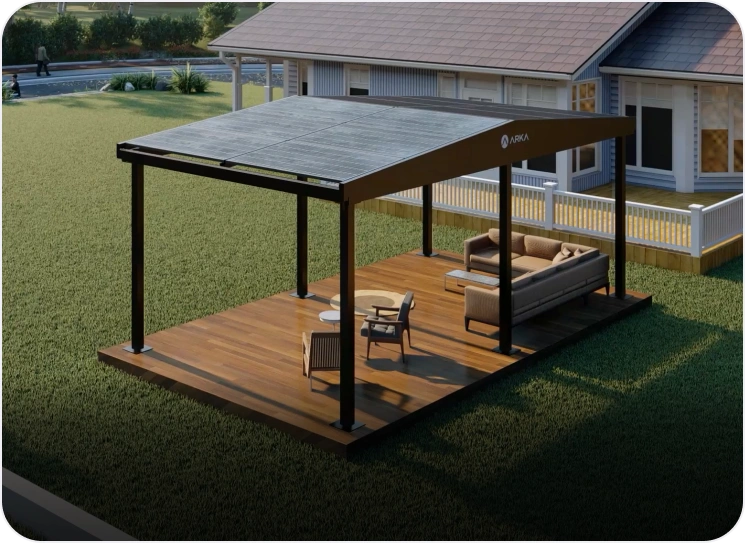
Most homeowners save $20,000–$30,000 over 25 years, plus protection from Florida’s rising utility rates.
Yes—but we handle all city and county permitting so your project is stress-free and fully compliant.
From contract to switch-on, most systems are up in 4–8 weeks depending on permitting and equipment availability.
Absolutely. Add a battery for backup power during outages and to store extra solar energy for night use.
They generate clean power like rooftop systems, but also provide stylish shade, weather protection, and usable outdoor space.

